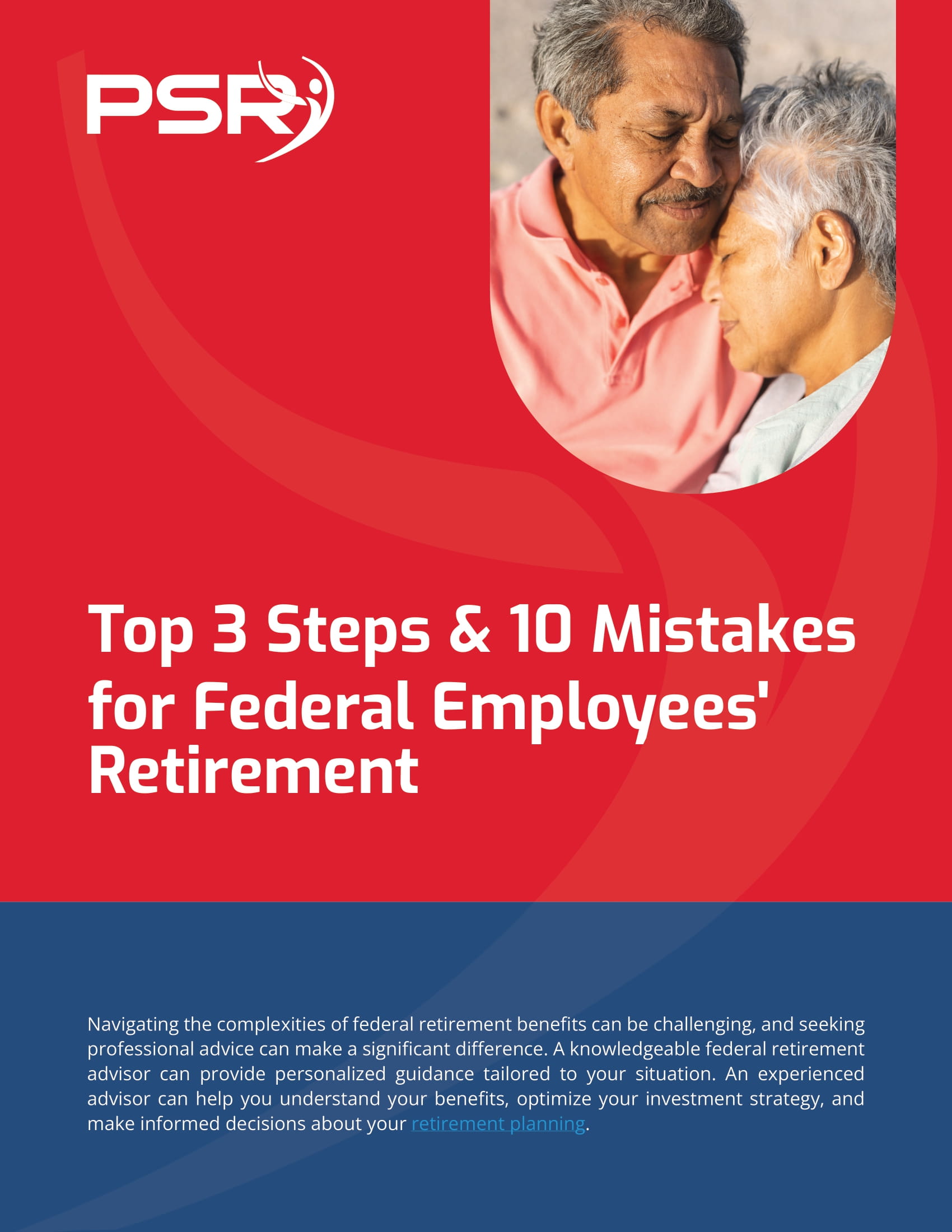Key Takeaways
-
Federal employees often face a crucial decision between continuing Federal Employees Health Benefits (FEHB) coverage or integrating Medicare into their healthcare strategy upon retirement.
-
Understanding the costs, benefits, and coordination between these options is essential to make the best choice for your healthcare future.
Decoding Your Health Insurance Options
If you’re a federal employee approaching retirement, deciding how to handle your healthcare can feel overwhelming. The two main contenders for your attention are FEHB and Medicare. Both offer substantial benefits, but they operate differently, and making the right decision depends on your individual needs, budget, and retirement plans.
- Also Read: Blending Private and Public Sector Retirement Plans Is Complicated—Here’s Where Couples Get It Wrong
- Also Read: The Silent Shift in Postal Service Retirement Benefits That Could Change Everything by 2026
- Also Read: The Side of Civilian Military Employment Benefits Nobody Mentions Until After You Retire
What Does FEHB Offer?
The Federal Employees Health Benefits (FEHB) program is a cornerstone of federal employment. As an enrollee, you benefit from a wide selection of health insurance plans, including nationwide options. FEHB plans cover everything from routine doctor visits to emergency care and prescription drugs.
Here’s what makes FEHB attractive:
-
Comprehensive Coverage: FEHB plans typically include hospital, medical, and prescription drug coverage, with many also offering dental and vision benefits.
-
Flexibility: You can switch plans during the annual Open Season, allowing adjustments as your healthcare needs evolve.
-
Government Contributions: The federal government pays approximately 70% of the total premium, making FEHB a cost-effective option.
However, premiums for FEHB can rise significantly as you age. For retirees, these costs are paid from your annuity, which might feel like a heavier financial burden if you’re on a fixed income.
How Medicare Fits Into the Picture
Medicare is the federal health insurance program available to those aged 65 and older, as well as some younger individuals with disabilities. It’s divided into different parts:
-
Part A (Hospital Insurance): Covers inpatient care, skilled nursing facilities, and some home health services.
-
Part B (Medical Insurance): Covers outpatient care, doctor visits, and preventive services.
-
Part D (Prescription Drug Coverage): Helps cover the cost of medications.
For many federal retirees, Medicare becomes a pivotal part of their healthcare strategy, especially since Medicare Part A is premium-free for most people.
The Coordination of FEHB and Medicare
Good news: you don’t have to choose one or the other. Many retirees opt to coordinate FEHB with Medicare for more comprehensive coverage and reduced out-of-pocket costs. Here’s how they work together:
-
Primary vs. Secondary Payer: Medicare usually becomes the primary payer, while your FEHB plan serves as secondary coverage, filling gaps like deductibles and coinsurance.
-
Lower Costs: Some FEHB plans waive deductibles and coinsurance if you enroll in both Medicare Parts A and B.
-
Prescription Coverage: If you keep FEHB, you might not need Medicare Part D, as FEHB plans already include robust prescription drug coverage.
Costs to Consider
Healthcare costs are a major factor in deciding whether to stick with FEHB, add Medicare, or combine the two. Here are key expenses to weigh:
-
FEHB Premiums: In 2025, federal retirees typically see premiums deducted from their annuities. The average premium has risen, reflecting broader healthcare cost trends.
-
Medicare Part B Premium: The standard monthly premium for Medicare Part B in 2025 is $185, with additional costs for high-income retirees due to the Income-Related Monthly Adjustment Amount (IRMAA).
-
Out-of-Pocket Costs: Medicare introduces cost-sharing elements like copayments and deductibles. However, combining it with FEHB often reduces these expenses.
Why Some Choose FEHB Alone
Some federal retirees decide to rely solely on FEHB, skipping Medicare Part B entirely. This decision may make sense if:
-
You’re Healthy: If you expect to use healthcare services sparingly, FEHB alone might suffice.
-
Cost Concerns: Adding Medicare Part B premiums might strain your budget.
-
FEHB Dependents: If you have family members covered under your FEHB plan, dropping it in favor of Medicare may leave them uninsured.
Keep in mind, though, that sticking with FEHB alone may mean higher out-of-pocket costs if your healthcare needs increase.
Why Others Opt for Medicare with FEHB
The majority of federal retirees choose to enroll in Medicare Part A (because it’s usually premium-free) and Part B (despite its cost) while retaining FEHB. Why?
-
Enhanced Coverage: Medicare fills gaps in FEHB plans, particularly for inpatient and outpatient services.
-
Lower Out-of-Pocket Expenses: FEHB’s coordination with Medicare often results in reduced copayments, coinsurance, and deductibles.
-
Peace of Mind: With both programs, you’re unlikely to face unexpected medical bills.
Important Timelines
Timing is critical when making healthcare decisions. Missing key enrollment periods can result in penalties or gaps in coverage:
-
Initial Enrollment Period (IEP): Your Medicare eligibility begins three months before your 65th birthday and ends three months after.
-
Special Enrollment Period (SEP): If you delay Part B enrollment due to active federal employment, you have eight months after retiring to sign up without penalty.
-
Open Season: This annual period allows you to make changes to your FEHB plan, typically running from mid-November to mid-December.
Questions to Ask Yourself
Before deciding, reflect on these questions:
-
What’s My Budget? Can you afford both FEHB premiums and Medicare Part B premiums?
-
How’s My Health? Are you managing chronic conditions or anticipating frequent doctor visits?
-
What Coverage Do I Need? Do you require specific benefits like dental or vision care?
-
Are My Dependents Covered? Will your decision affect family members who rely on your FEHB plan?
How to Make Your Choice
Making the right decision comes down to understanding your priorities and comparing the options. Here’s a step-by-step process:
-
Evaluate Your Needs: Consider your current and future healthcare requirements.
-
Calculate Costs: Compare the total costs of FEHB alone, Medicare alone, and combined coverage.
-
Review Plan Benefits: Examine how your chosen FEHB plan coordinates with Medicare.
-
Consult Experts: Speak with your HR department or a retirement counselor for personalized advice.
Planning for the Future
Your healthcare needs will evolve over time, so flexibility is key. Retaining both FEHB and Medicare gives you access to a broad network of providers and the ability to adjust as circumstances change.
Your Healthcare Future Starts Today
Deciding between FEHB and Medicare is one of the most important choices you’ll make as a federal retiree. By understanding how these programs work, considering costs, and reflecting on your personal needs, you can confidently shape your healthcare future.












